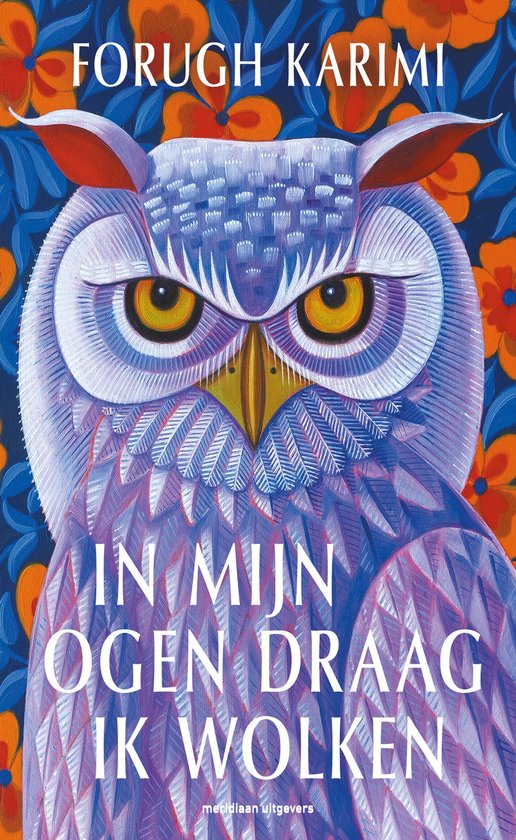In My Eyes I Carry Clouds
A journey into the past, to seek closure and move on with life
At some point in her life, Widá decided she would no longer allow herself to feel anything, she forced herself to have no emotions. It was a useful survival strategy when she had to flee Kabul as a fifteen-year-old and ended up in the Netherlands. She learnt Dutch, studied medicine and took up a career as a psychiatrist.
But then she receives news of a girl who was like a sister to her back in Kabul, and the foundations of the life she’s carefully constructed crumble away. Widá can only see one way out: she has to fulfil an old promise and thus set the past right. Together with Margot, a journalist, she travels to Athens. Will she succeed in finishing that one story and forever laying it to rest?
‘There was one story from back then that she’d let go of halfway through. And that trailing end had finally caught up with her. You can’t bury an unfinished story – as a psychiatrist she should have known that.'
The Afghan diaspora is compared to a bead necklace that has snapped: ‘The beads bounce all over the place and roll until, haphazardly, they land in some tiny crack and nestle there. Some beads keep on rolling, they never find a place to rest. We’re like that, beads scattered across the whole world, hoping that one day we’ll be strung together again.’
In My Eyes I Carry Clouds jumps back and forth between present and past, alternating with diary fragments and letters, told from Widá’s perspective. The power of the storytelling, together with the deeply human narrative, forges a connection that goes beyond a mere understanding of the history of Afghanistan, war and migration.

Forugh Karimi (b. 1971) is an Afghan-Dutch writer, translator and psychiatrist. At the age of twenty-five she fled to the Netherlands, together with her husband.